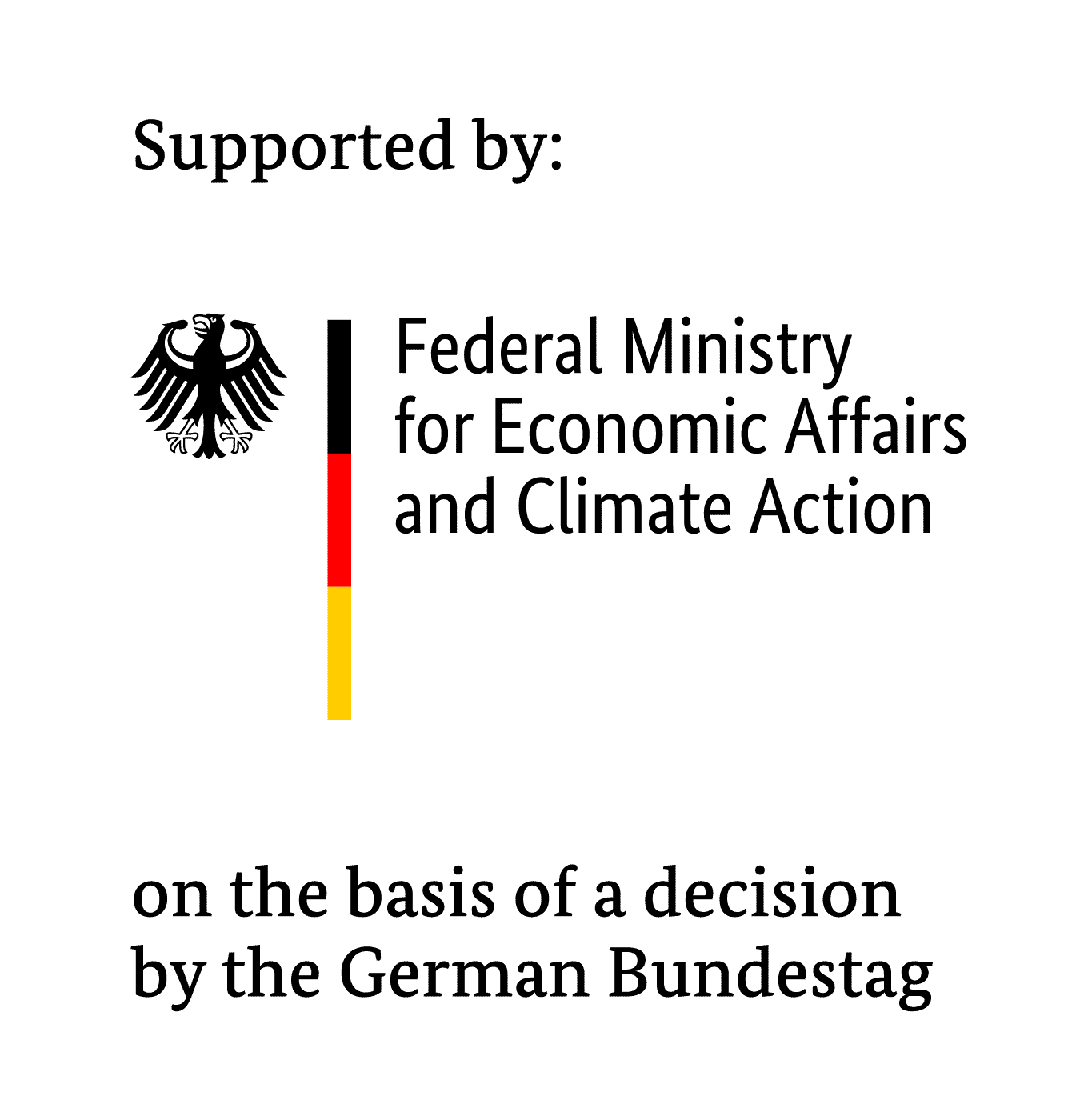Projectname:
Economic & technological qualification of metallic 3D printing for hygienic application in plants of the food and pharmaceutical industry
Workgroup: Hygienic production
Scientific Partners and Guidance:
IGF: 20790 BR
Financing: BMWK
Duration: 2019 – 2022
Additive metallic manufacturing technologies (3D printing) such as laser beam melting reveal great advantages over conventional manufacturing methods in terms of design freedom and resource-efficient use of high-quality materials: complex metallic parts and components can be manufactured without tools, practically without geometric restrictions. This makes it possible to develop completely new products and/or increase product performance (e.g. by using tool inserts with cooling channels or highly efficient injection nozzles). The additive manufacturing also allows the efficient and flexible production of very individual components with small batch sizes from special alloys, e.g. for special machine construction, design objects, etc. Plants for the production, processing and packaging of products in the food and pharmaceutical industries fall into the area of special mechanical engineering. This includes high-performance, individual and at the same time flexible systems in small quantities, which are, however, subject to particularly high hygiene requirements (Hygienic Design – HD). In particular, the machine components or parts that come into direct contact with the products must meet the highest standards of cleanliness and cleanability.
The aim of the planned project is the qualification of metallic 3D printing (especially laser beam melting) for hygienic application in plants of the food and pharmaceutical industry. The production of complex components with integrated functions and reduced number of individual parts can open up completely new possibilities especially for this industry. The services offered by the plant manufacturers will also be addressed with this project, as the necessary spare parts supply over a long period (0-30 years) does not have to be guaranteed by cost-intensive and resource-wasting warehousing, but can be served individually and decentralized in the ad hoc requirements.
The process-specific advantages of laser beam melting, such as the flexible, tool-free production of very complex structures and geometries that cannot be produced conventionally, go hand in hand with process-specific peculiarities and limits. Depending on the material, orientation and process parameters for the final application, functional inner and outer surfaces often exhibit inadequate surface properties (particularly high roughness), which can only be met by appropriate post-processing (milling, grinding, polishing, …). In a first step, therefore, a catalogue of requirements with HD criteria is drawn up, which the metallic 3D printed parts must fulfil. Subsequently, basic 3D printing strategies are developed which minimize the post-processing effort right from the start. The project focus is on complex internal structures (cavities such as channels, etc.). These are only partially or not at all accessible for conventional post-processing technologies, which makes the application of special processes (such as flow grinding = pressure flow lapping etc.) or a combination of different processes necessary. To date, however, there have been hardly any investigations that can be used for this purpose. For this reason, various technologies for the finishing of internal surfaces are selected and evaluated with regard to technological and economic aspects. The evaluation takes place among other things by extensive cleaning tests under conditions usual in the food industry, or also by different analytic measuring procedures (e.g. TOC measurement) after the cleaning. In order to validate the project results, conventionally elaborately manufactured sample assemblies that could be substituted by a 3D printed part are sought in coordination with the project committee. The suitability of these new 3D printing components is then checked on the basis of the same extensive tests and evaluated on the basis of the previously defined hygienic, technological and economic criteria. At the end of the project and as an essential component for the transfer of the project results to the industry, the last work package will include a leaflet with recommendations for action for metallic 3D printing. This should show the future designer e.g. strategies for model construction (dimensional allowances, tolerances, …) and the necessary post-processing steps.

The IGF project presented here by the Research Association of the Industrial Association for Food Technology and Packaging (IVLV e.V.) is funded by the Federal Ministry for Economic Affairs and Climate Action as part of the program for the promotion of industrial community research (IGF) based on a decision of the German Bundestag.